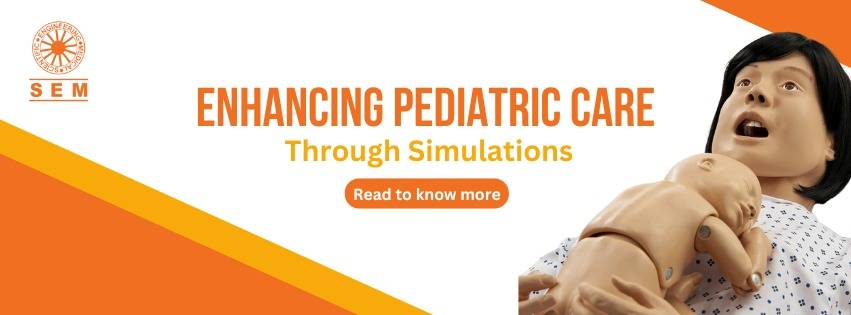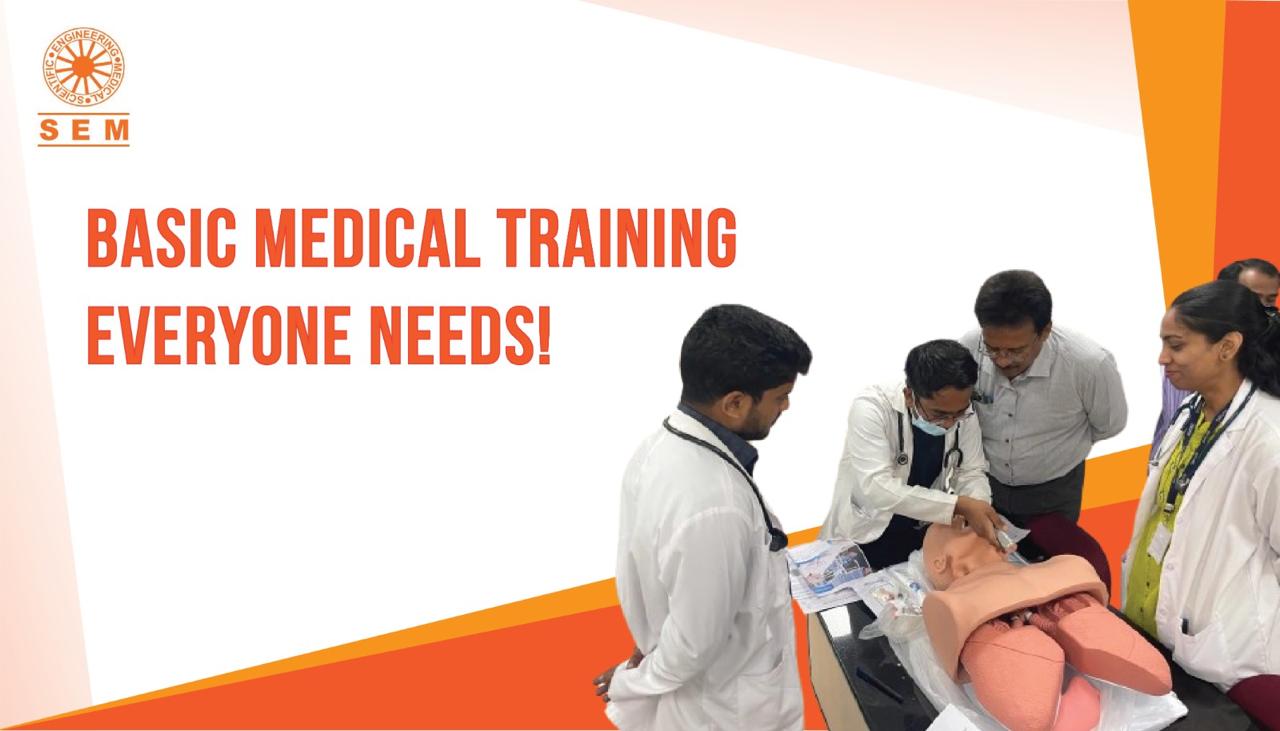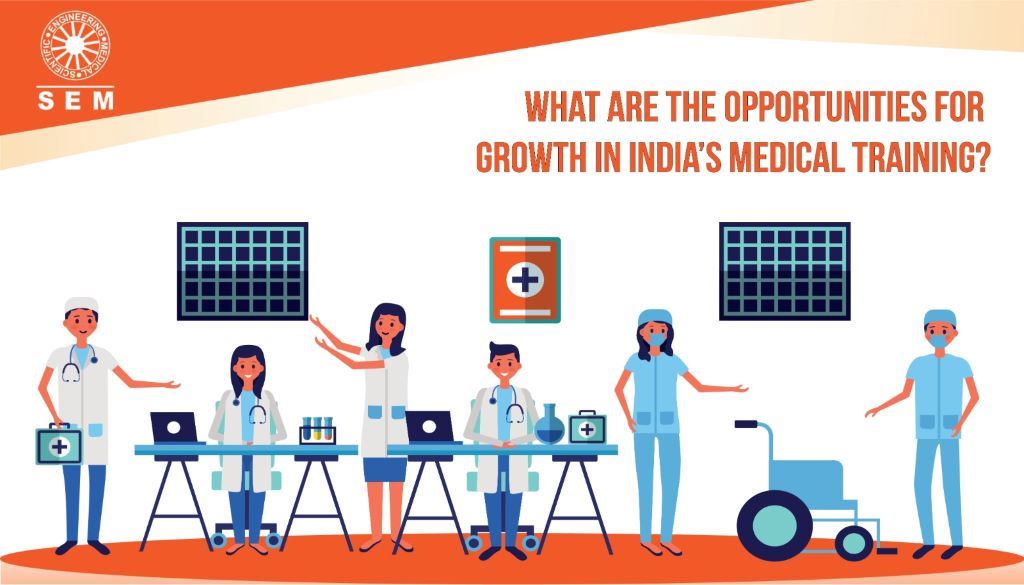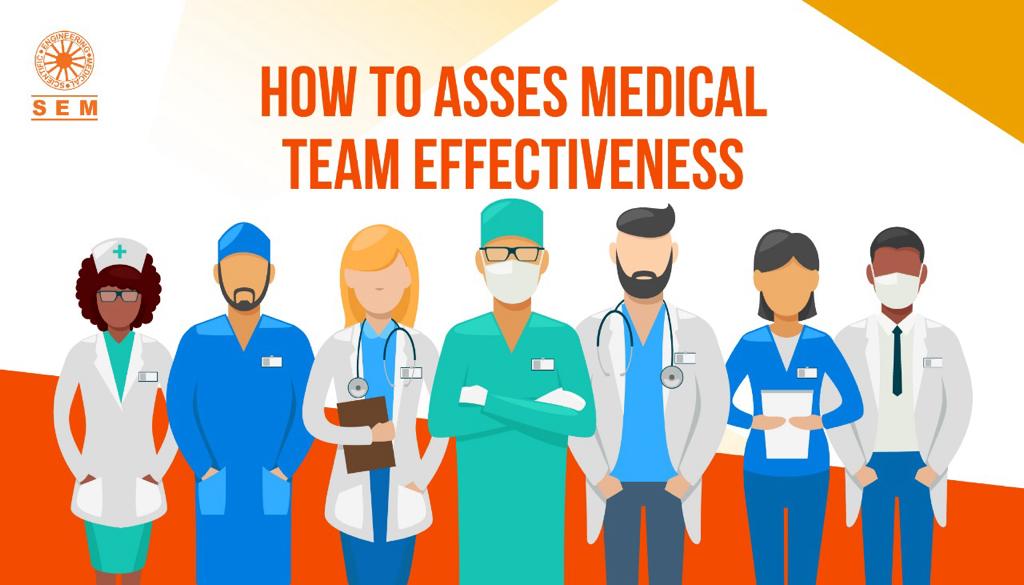Addressing Sedentary Lifestyle Health Risks
Addressing Sedentary Lifestyle Health Risks. In today’s world, convenience is everywhere. We can work, shop, and even socialize—all from the comfort of a chair. While this lifestyle may seem appealing, the hidden risks of prolonged inactivity are becoming a serious concern for health professionals. At SEM Trainers and Systems, we are committed to raising awareness about these risks and equipping healthcare providers with the tools to tackle this modern health challenge.
A sedentary lifestyle is more than just sitting too much; it’s a ticking time bomb for chronic health issues. Prolonged inactivity increases the risk of conditions like obesity, diabetes, cardiovascular disease, and even mental health problems such as depression and anxiety.
For healthcare providers, addressing these issues requires a proactive approach—one that combines education, preventive measures, and hands-on training allowii1 identify early warning signs and guide patients toward healthier habits.
Medical professionals are on the frontlines of combating lifestyle diseases, and effective training is crucial to their success. This is where SEM Trainers and Systems plays a vital role. As a trusted medical manikin solution provider, we provide innovative simulation tools that prepare healthcare teams to handle the complex health challenges posed by sedentary lifestyles.o
Our simulation-based training solutions help healthcare providers recognize and address the subtle symptoms of lifestyle-related conditions. Whether it’s identifying early signs of metabolic syndrome or managing cardiovascular emergencies, these tools ensure professionals are ready to act swiftly and accurately.
One of the greatest challenges in addressing a sedentary lifestyle is motivating patients to make long-term changes. Simulation training helps healthcare providers refine their communication and counseling skills, ensuring they can guide patients with empathy and confidence.
For example, our tools allow caregivers to simulate scenarios where they must counsel a patient about weight management, improved nutrition, or physical activity. One such manikin – ALEX PRO helps students to get the real-life based experience. These role-play exercises foster effective patient interactions, making it easier to inspire behavioral change.
Sedentary lifestyle health risks often require a multidisciplinary approach. Simulation-based training brings together doctors, nurses, physiotherapists, and dietitians, enabling them to collaborate effectively. These team-based exercises not only improve clinical skills but also enhance communication and coordination, ensuring every patient receives holistic care.
The fight against sedentary lifestyles begins with awareness and education. By equipping healthcare providers with cutting-edge simulation tools, SEM Trainers and Systems is helping to turn the tide against lifestyle-related health risks. Our solutions empower professionals to detect, prevent, and manage these conditions, ensuring better outcomes for patients and a healthier society overall.
As a leading medical manikin seller, SEM Trainers and Systems is dedicated to advancing healthcare training and supporting professionals in their mission to improve lives. Let’s work together to combat the health risks of sedentary lifestyles and build a more active, vibrant future for all.
In today’s world, convenience is everywhere. We can work, shop, and even socialize—all from the comfort of a chair. While this lifestyle may seem appealing, the hidden risks of prolonged inactivity are becoming a serious concern for health professionals. At SEM Trainers and Systems, we are committed to raising awareness about these risks and equipping healthcare providers with the tools to tackle this modern health challenge.
A sedentary lifestyle is more than just sitting too much; it’s a ticking time bomb for chronic health issues. Prolonged inactivity increases the risk of conditions like obesity, diabetes, cardiovascular disease, and even mental health problems such as depression and anxiety.
For healthcare providers, addressing these issues requires a proactive approach—one that combines education, preventive measures, and hands-on training allowii1 identify early warning signs and guide patients toward healthier habits.
Medical professionals are on the frontlines of combating lifestyle diseases, and effective training is crucial to their success. This is where SEM Trainers and Systems plays a vital role. As a trusted medical manikin solution provider, we provide innovative simulation tools that prepare healthcare teams to handle the complex health challenges posed by sedentary lifestyles.o
Our simulation-based training solutions help healthcare providers recognize and address the subtle symptoms of lifestyle-related conditions. Whether it’s identifying early signs of metabolic syndrome or managing cardiovascular emergencies, these tools ensure professionals are ready to act swiftly and accurately.
One of the greatest challenges in addressing a sedentary lifestyle is motivating patients to make long-term changes. Simulation training helps healthcare providers refine their communication and counseling skills, ensuring they can guide patients with empathy and confidence.
For example, our tools allow caregivers to simulate scenarios where they must counsel a patient about weight management, improved nutrition, or physical activity. One such manikin – ALEX PRO helps students to get the real-life based experience. These role-play exercises foster effective patient interactions, making it easier to inspire behavioral change.
Sedentary lifestyle health risks often require a multidisciplinary approach. Simulation-based training brings together doctors, nurses, physiotherapists, and dietitians, enabling them to collaborate effectively. These team-based exercises not only improve clinical skills but also enhance communication and coordination, ensuring every patient receives holistic care.
The fight against sedentary lifestyles begins with awareness and education. By equipping healthcare providers with cutting-edge simulation tools, SEM Trainers and Systems is helping to turn the tide against lifestyle-related health risks. Our solutions empower professionals to detect, prevent, and manage these conditions, ensuring better outcomes for patients and a healthier society overall.
As a leading medical manikin seller, SEM Trainers and Systems is dedicated to advancing healthcare training and supporting professionals in their mission to improve lives. Let’s work together to combat the health risks of sedentary lifestyles and build a more active, vibrant future for all.
In today’s world, convenience is everywhere. We can work, shop, and even socialize—all from the comfort of a chair. While this lifestyle may seem appealing, the hidden risks of prolonged inactivity are becoming a serious concern for health professionals. At SEM Trainers and Systems, we are committed to raising awareness about these risks and equipping healthcare providers with the tools to tackle this modern health challenge.
A sedentary lifestyle is more than just sitting too much; it’s a ticking time bomb for chronic health issues. Prolonged inactivity increases the risk of conditions like obesity, diabetes, cardiovascular disease, and even mental health problems such as depression and anxiety.
For healthcare providers, addressing these issues requires a proactive approach—one that combines education, preventive measures, and hands-on training allowii1 identify early warning signs and guide patients toward healthier habits.
Medical professionals are on the frontlines of combating lifestyle diseases, and effective training is crucial to their success. This is where SEM Trainers and Systems plays a vital role. As a trusted medical manikin solution provider, we provide innovative simulation tools that prepare healthcare teams to handle the complex health challenges posed by sedentary lifestyles.o
Our simulation-based training solutions help healthcare providers recognize and address the subtle symptoms of lifestyle-related conditions. Whether it’s identifying early signs of metabolic syndrome or managing cardiovascular emergencies, these tools ensure professionals are ready to act swiftly and accurately.
One of the greatest challenges in addressing a sedentary lifestyle is motivating patients to make long-term changes. Simulation training helps healthcare providers refine their communication and counseling skills, ensuring they can guide patients with empathy and confidence.
For example, our tools allow caregivers to simulate scenarios where they must counsel a patient about weight management, improved nutrition, or physical activity. One such manikin – ALEX PRO helps students to get the real-life based experience. These role-play exercises foster effective patient interactions, making it easier to inspire behavioral change.
Sedentary lifestyle health risks often require a multidisciplinary approach. Simulation-based training brings together doctors, nurses, physiotherapists, and dietitians, enabling them to collaborate effectively. These team-based exercises not only improve clinical skills but also enhance communication and coordination, ensuring every patient receives holistic care.
The fight against sedentary lifestyles begins with awareness and education. By equipping healthcare providers with cutting-edge simulation tools, SEM Trainers and Systems is helping to turn the tide against lifestyle-related health risks. Our solutions empower professionals to detect, prevent, and manage these conditions, ensuring better outcomes for patients and a healthier society overall.
As a leading medical manikin seller, SEM Trainers and Systems is dedicated to advancing healthcare training and supporting professionals in their mission to improve lives. Let’s work together to combat the health risks of sedentary lifestyles and build a more active, vibrant future for all.





